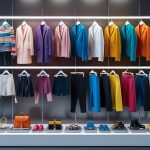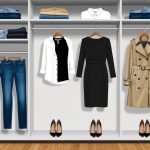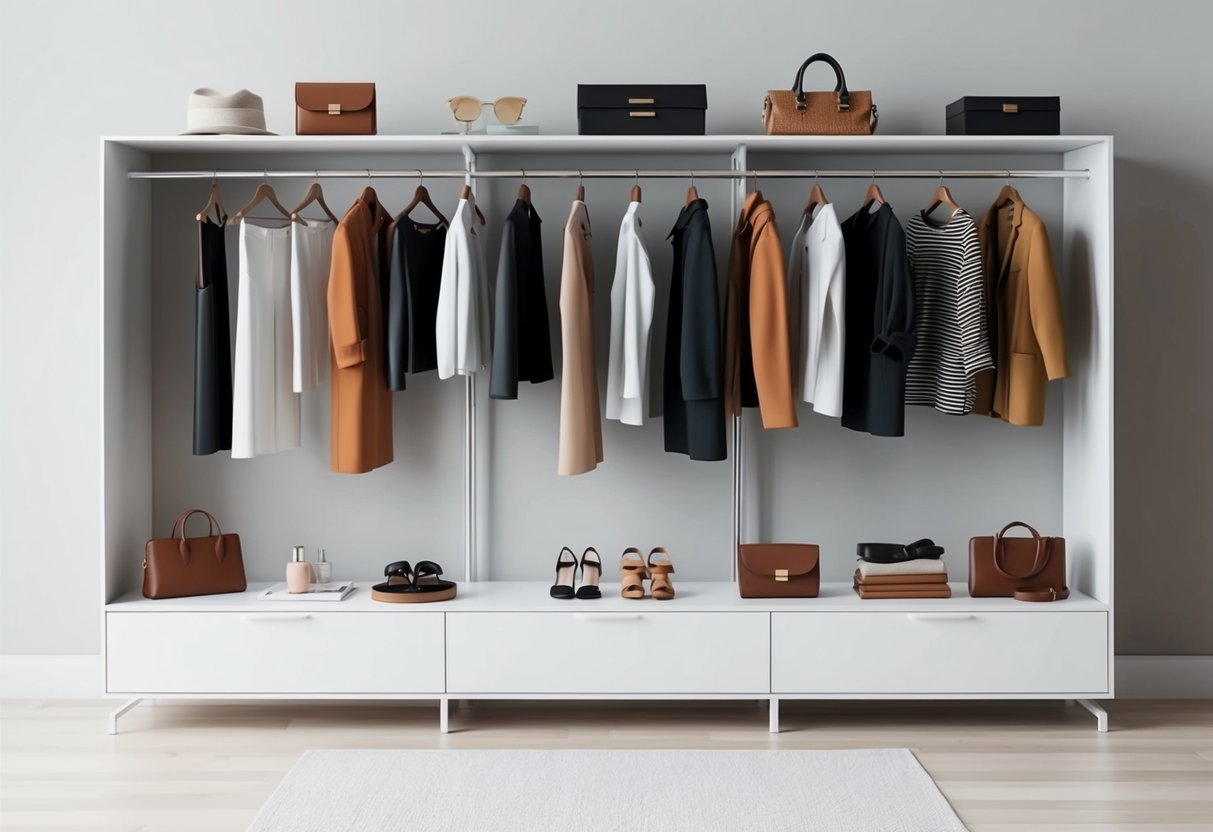
Maintaining Motivation and Happiness on Your Style Journey
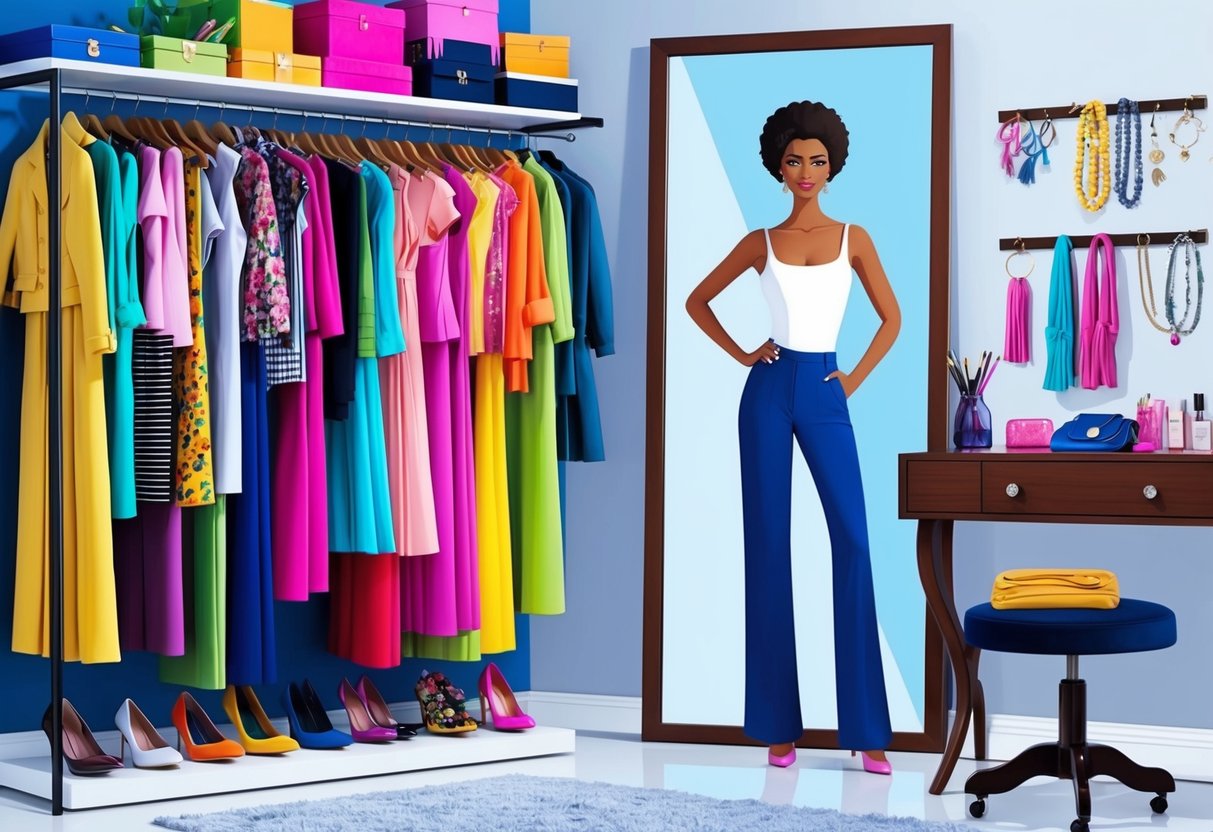
Consistent motivation and genuine happiness are essential as someone navigates a personal style journey. Finding hope in small achievements and focusing on achievable progress will help maintain confidence and long-term satisfaction.
Celebrating Small Style Wins
Recognizing and celebrating small style victories keeps motivation high and helps maintain a positive mindset. Simple changes, like successfully putting together a new outfit or trying a trend outside one’s comfort zone, are worth acknowledging.
They function as stepping stones, building hope and reinforcing the idea that improvement is always possible. Keeping a style journal or snapping quick mirror photos can help someone track their progress over time.
Sharing these small achievements with friends or an online fashion community can offer encouragement and extra feedback. Celebrating what works well, no matter how minor, turns the style journey into a positive and rewarding experience.
Setting Realistic Style Goals
Maintaining motivation is easier when style goals are both realistic and personalized. Setting achievable goals helps prevent discouragement and makes the process more enjoyable.
For example, instead of aiming for a complete wardrobe overhaul in a month, one can focus on adding a few staple pieces or experimenting with new color palettes each season. A practical approach is to break down long-term objectives into weekly or monthly goals.
This keeps the style journey manageable and sustainable. It’s helpful to measure progress not only by external feedback but also by how comfortable and confident someone feels in their choices.
Resources suggest that self-care, rest, and mindful decisions play an important role in feeling good throughout the process—this can be seen in approaches featured by Sterling Style Academy and similar style coaches. By focusing on realistic, hopeful targets, the style journey stays uplifting and anchored in personal happiness.
Frequently Asked Questions
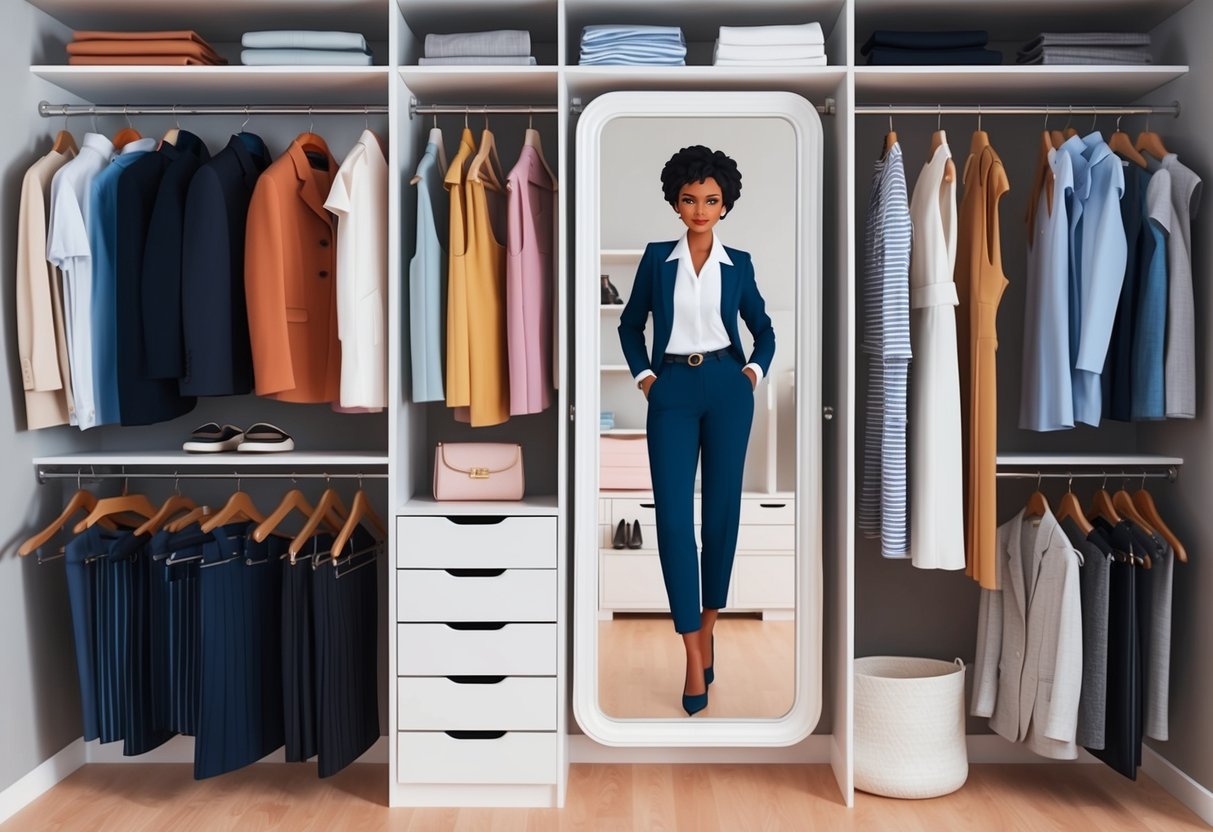
Mastering personal style starts with understanding core wardrobe pieces, body shape, and the impact of color. Accessories, confidence-building habits, and strategic wardrobe choices contribute directly to how someone feels in their clothing and enhances their overall appearance.
What are the essential elements to defining a personal style?
Defining a personal style involves discovering preferences in silhouette, color, and fabric. Individuals often start by reflecting on what makes them feel most confident or comfortable, identifying key patterns across their wardrobe.
Personal style also includes staying true to personality and lifestyle needs, so they remain authentic in daily outfit choices.
How can wardrobe staples improve my fashion sense?
Wardrobe staples such as a crisp white shirt, tailored trousers, and neutral-toned outerwear provide a versatile foundation for countless outfits. These essentials save time when getting dressed and make it easier to mix and match new pieces.
A solid foundation helps elevate style without requiring a complete closet overhaul.
What techniques can I use to boost my style confidence?
Practicing outfit planning and experimenting with new looks are effective techniques to increase confidence. Dressing for personal comfort can also help you feel more secure in your choices.
Many find that mastering the art of layering or exploring different cuts and fits makes them feel more at ease. Focusing on self-expression through clothing positively impacts self-esteem, as noted by Never Fully Dressed.
In what ways can accessories enhance my outfit choices?
Accessories like statement jewelry, quality leather belts, structured handbags, and scarves add interest to an ensemble. They introduce personal flair and variety even to basic outfits.
Thoughtful accessory pairing demonstrates attention to detail and rounds out a complete look, as highlighted by Masari Shop.
How does understanding my body shape influence my style decisions?
Knowing one’s body shape assists in selecting silhouettes, fit, and proportions that flatter naturally. Pieces are chosen to highlight strengths or balance proportions, whether someone is looking to accentuate the waistline or elongate their frame.
What role does color play in curating a personal style?
Color plays a central role by enhancing or dulling complexion and complementing personal coloring.
Developing an understanding of color palettes helps in choosing shades that bring out the best features and align with individual preferences.
Building a capsule wardrobe around versatile, flattering hues provides coherence and makes getting dressed easier, as detailed at Urban Southern.

